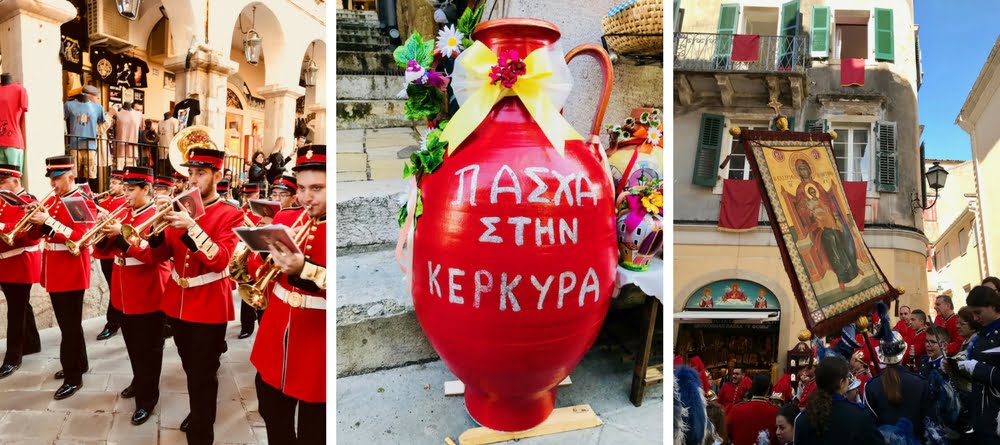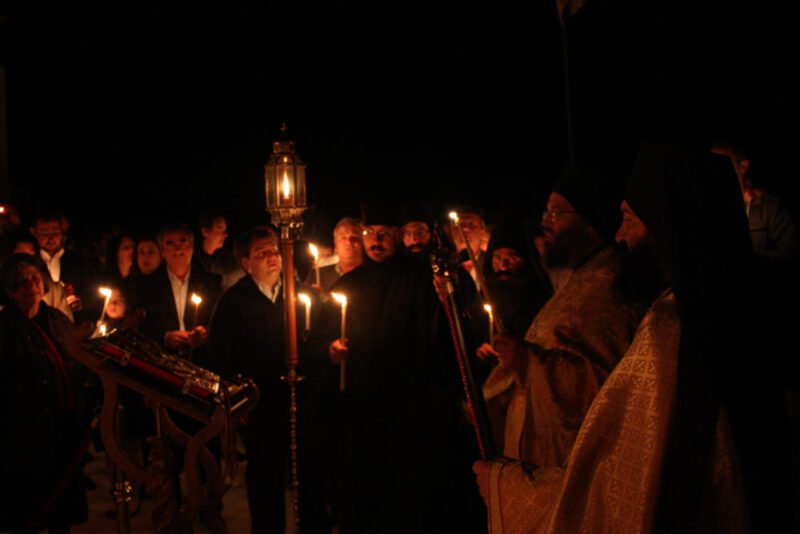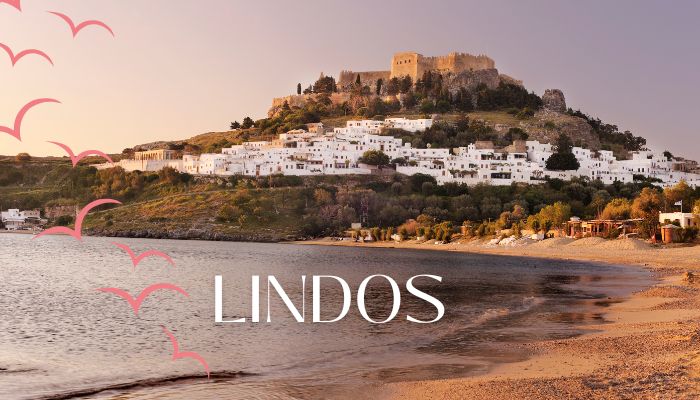” We took a bath and rubbed ourselves with fine oil. Then, as the linen dried in the bright sunshine, the meal was served on the banks of the river; once they had enjoyed their meal, the maids and mistress untied their sails to play ball. Nausicaa, with her beautiful white arms, led the chorus… “It’s before this charming scene that Ulysses, exhausted, naked and tortured after ” twenty days on the vinous waves “, wakes up on the Phaeacian island of Corfu.
Three thousand years later, the modern Ulysses lands in Corfu, less tossed about than our adventurous forefather, to find an island that may be very touristy, but still full of charm.
All the flavours of Corfu
Corfu is the most western, in every sense of the word, of the Greek islands: the Venetians, the French under Napoleon and the English followed one another. Each has left its mark on the island’s culture, language, architecture and, of course, cuisine.
Sofrito”, a classic Corfiote dish, means “gently fried” in Italian (find the recipe in this article). Rizi-bizi” is a Venetian specialty made with rice, peas, bacon and onions, while “Mandolès” or “Mandolato” are made with almonds. As for the English, their legacy includes pudding, prepared at Christmas, and “Tsitsibira”, or ginger beer, a fizzy drink with ginger and lemon. As for the French, they introduced the potato to Corfu long before the rest of Greece discovered it!
Kumquat
There’s a small citrus fruit that is the glory of Corfu all over Greece, so much so that you might think it only grows there: the kumquat. A shrub native to China, it was an Englishman who introduced its cultivation to the island. The liqueur made from this fruit is famous, and candied kumquats are sold in every confectionery shop on the island of Corfu.
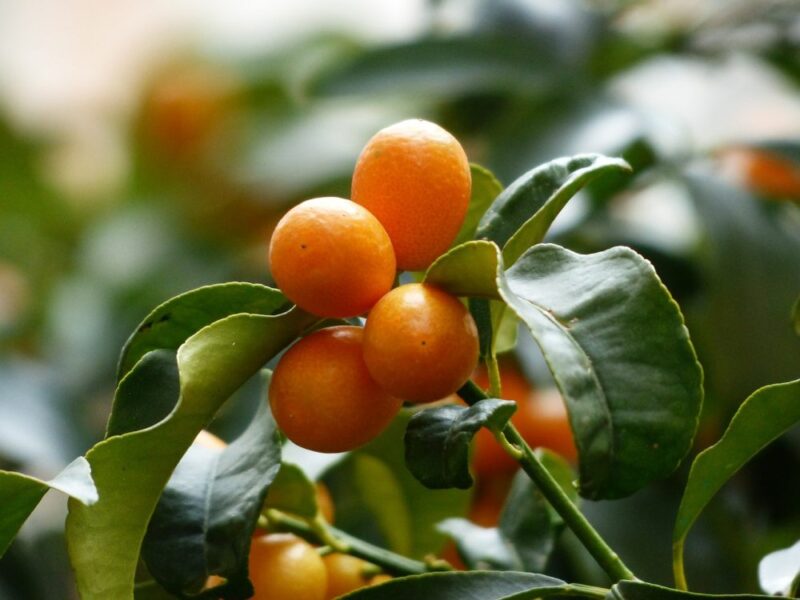
Easter traditions in Corfu
Corfu is the destination of choice for Easter (to find out more about Easter traditions in Greece, see our article “Easter, festivals and traditions“).
Indeed, at Easter in Corfu, Orthodox tradition meets Catholic community. And ancient rituals are revived by the good spirits of Corfu’s inhabitants.
Holy Thursday mass is sung in the Duomo, the Catholic church, then on Friday, the epitaph of each district is solemnly paraded.
Holy Saturday, the mood is already festive! Large earthenware jars full of water are thrown from balconies decorated with red fabrics, only to crash to the ground with a bang.
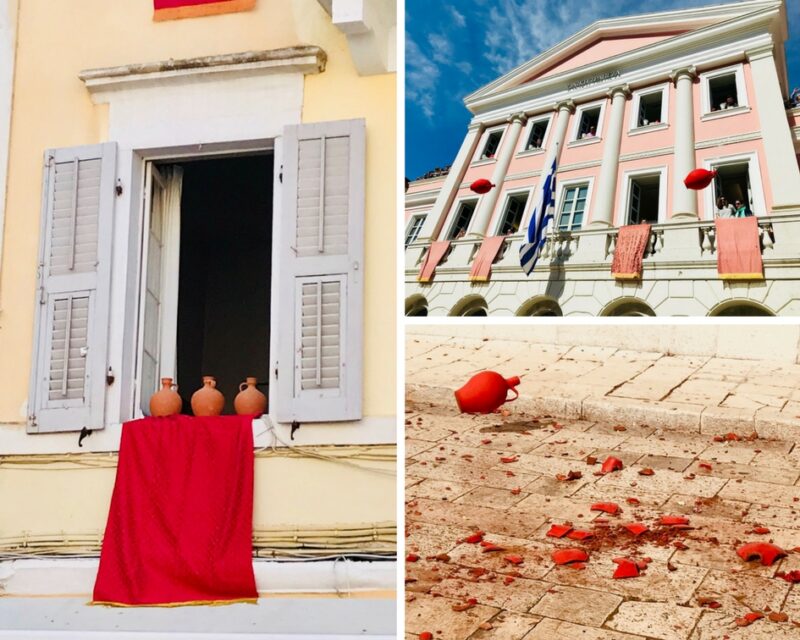
In the evening, after the resurrection and the fireworks, the Lenten fast is broken by eating “tsilihourda”, which, unlike mageiritsa (the Easter giblet soup traditionally eaten in Greece), is not a soup but a lamb giblet dish in a thick white onion and dill sauce, spiced up with pepper and lemon.
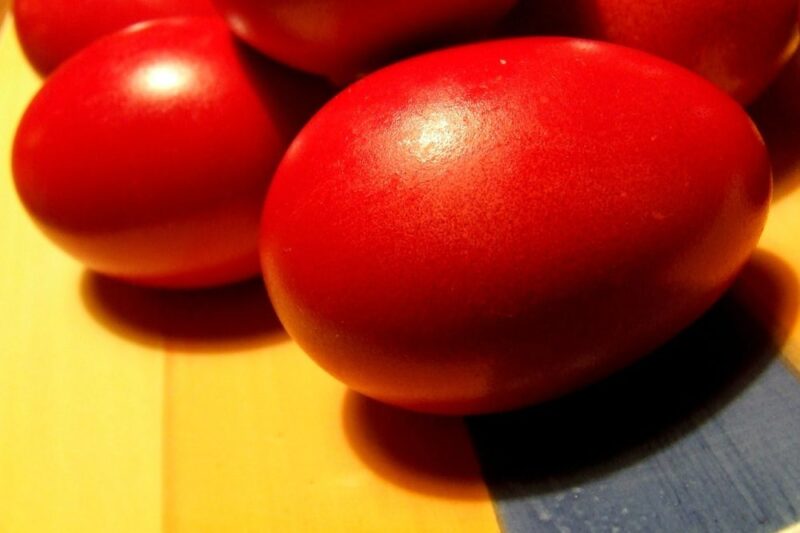
Of course, red-painted eggs are de rigueur! Their shells are glued to the door of the house. Or they are thrown into cultivated land. They say it brings good luck and benefits the harvest! Fogatsa”, a type of brioche of Venetian origin, and “Colombina”, a dove-shaped dried fruit bread, complete the meal.
Easter Sunday – no lamb on the spit! That is, if you follow tradition to the letter. In Corfu, the Easter Sunday meal is frugal. Meat soup with egg-lemon sauce and that’s it! Meat was reserved for the week after Easter, known as “New Week”. But traditions are less and less respected; the smell of lamb on the spit now perfumes the spring air. Hallelujah!

Cuisine and social classes: bourgeois and common dishes
In Corfu, as in all the Ionian islands until the 19th century, citizens were divided into three social classes. Since the time of the Venetians, the nobility had been listed in the “libro d’oro” and enjoyed privileges unavailable to the bourgeois and commoners.
Social and, of course, economic differences were also reflected in the kitchen. The bourgeoisie and the nobility didn’t eat like the peasants and workers. Clearly differentiated dishes have thus been created.
Sofrito, one of Corfu’s great classics, is one of the most popular bourgeois dishes. The same goes for Pastitsada , a beef or rooster dish cooked in tomato sauce and red wine, served with pasta. They say a good pastitsada should tint your moustache tomato red! As for the rooster, it was a gift from the tenant farmers to the landowner on August 15. Bourdéto ” and ” Savoro “, on the other hand, were popular dishes. Fish-based, spiced with chili pepper for the former. With raisins, garlic and rosemary for the second.
But all Corfiotes, noble or not, love garlic, add vinegar to meat, and flavor their dishes with rosemary.
Corfu at Easter
Finally, when you leave Corfu after Easter, remember to take one of the pieces of the broken jars with you. It brings good luck. And don’t drink the spring water in Kardaki, it will make you forget everything and stay in Corfu forever. Cunning Ulysses was wary of drinking from it…
*****
Thanks to Evi Siougari-Parmantier for writing this article. Evi and her husband Marc run a guesthouse in the heart of an organic olive grove in the Peloponnese. A paradise for all those who want to spend a nature vacation in Greece. To find out more, click here.
